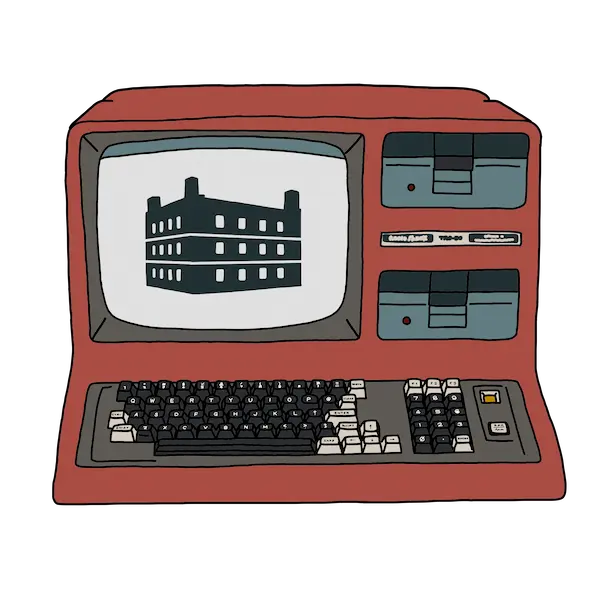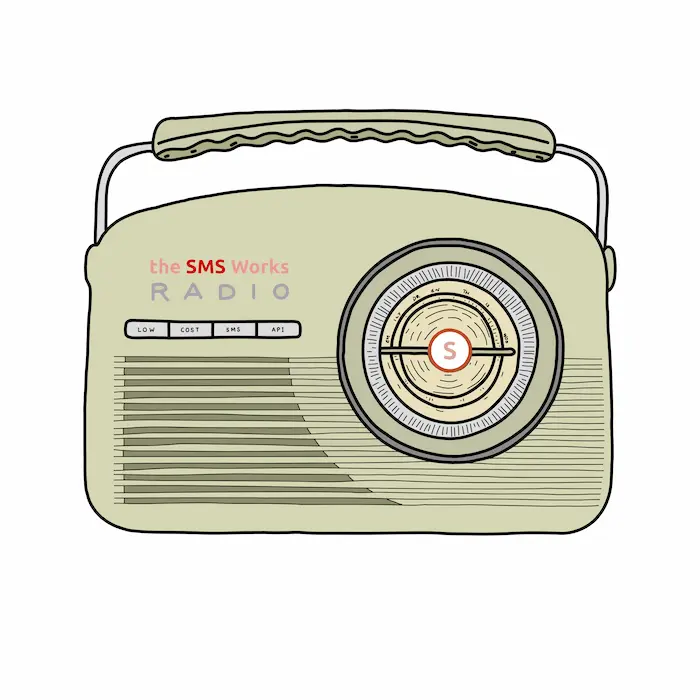The term CPaaS, or ‘Communications Platform as a Service’, has become an umbrella term that nowadays covers a wide variety of technologies and solutions. Altogether, these can be quite bewildering. Essentially though, they do one or both of these two things – (1) they allow multichannel communications to be connected to other applications and systems using APIs or (2) they bring these communications channels and your data together in a single application, typically available over the web.
The COViD-19 pandemic drove many companies to create low-touch processes for helping their customers to achieve their goals. As a result, CPaaS has attracted a lot of attention, with the promise of allowing you to manage rich customer conversations that take place across SMS, mobile apps and websites.
What does CPaaS mean for me?
Communications platform providers offer you API technologies to integrate text, voice or rich media communications into your existing applications, or solutions that allow you to do your work with those technologies already integrated. If you consider that the items on the less-than-exhaustive list below are in the scope of what’s possible on these platforms, it’s not surprising that CPaaS can be hard to get to grips with:
- Text messaging
- SMS OTP
- Rich messaging, with images, video, and bespoke interactions like checkout forms (e.g. WhatsApp or RCS messaging)
- Voice-over-IP
- Chatbots
- Binary SMS
- In-app push notifications
- Web-based real-time communications (live chat)
- Peer-to-peer video
- AI SMS optimisation
To add to all of that, such communications could be taking place in different contexts, whether that’s trying to get attention for your brand, to enable a purchase process or perform vital customer support.
Before considering the technical components of any CPaaS solution then, it’s important that you understand what you’re trying to do, and who you’re trying to do it for. This is the best way to inform your understanding of what’s on offer and keeps your customers’ goals at the heart of the conversation, which is where they should be!
Here are some ways to look at how a CPaaS solution or technology could fit into what you do today:
| Your Goal | CPaaS Solution / Technology | Benefits |
| Provide a single location for managing customer service interactions. | Contact Centre Solution | Allow agents to manage communications across multiple channels, with full visibility of contact history. |
| Build personalised customer buying journeys. | Customer Data Platform | Design bespoke, rich communications across the buying journey, with a flexible choice of ways to interact with the customer. Workflow designers can allow non-IT staff to build customer journeys. |
| Create excellent customer experiences. | Digital Experience Platform | Binds together multiple applications to provide seamless experiences through the customer’s entire lifecycle, including out-of-the-box integration with multichannel communications |
| Provide rich media messages to my customers. | RCS, WhatsApp or Apple Business messaging tools. | Include your logo, product images or video in messages to your customers, and provide an array of options to help those convert into sales. |
| Enable two-way customer messaging in my existing applications. | Application Programming Interfaces (APIs). | Simplifies the integration of one or more communications channels for your developers (often using a single API for things like SMS, Voice and Email). |

Considerations for companies looking at using CPaaS
Whilst some CPaaS solutions aim to be turnkey (i.e. you can start using them straight away, without integration efforts), in reality there are quite a few aspects to consider, depending on your goals…
Content
How are you going to reuse marketing assets across different channels, and ensure that they stay up-to-date? Do you have to consider an integration with your marketing technology stack to avoid extra overheads? If you’re considering using RCS, you’ll need a back-up for those devices that don’t support it, meaning a probable duplication of effort.
Data
Does the platform allow you to surface organisational or customer data without having to refer to other systems, so that you can complete tasks without having to jump between applications? Does any data generated by your CPaaS application need to be synchronised or made available elsewhere? Mapping out the data flows for your processes with a CPaaS platform in place will help you to understand what gaps and opportunities might appear.
Continuity
For anyone using the system, is the current state of play captured and easy to understand? You’ll probably want to see a history of interactions and activity, so that you have a complete view of the customer’s journey.
Today, your critical information is probably siloed. This could be in CRM systems, marketing tech stacks, point-of-sale, accounting & support systems, to name just the obvious ones. When bringing that together you’ll want to make sure that all of the personal data used is secure; a key part of most CPaaS solution offerings.
Commitment
How many people will you need to commit to using the platform in their daily work, and how does that affect what they do today? The hope will be that you’ll make everyone’s lives easier of course, but it’s critical to do some business process mapping to make sure that you’re not making more work than can be supported.
Build vs Buy
Given everything above, and your understanding of your own systems and processes, you can decide whether it’s better to buy an off-the-shelf solution (which may save you development time) or use the APIs on offer to provide CPaaS functionality in your existing systems.
Major CPaaS vendors
As well as simplifying your ability to communicate with customers across channels, CPaaS offerings provide security (through end-to-end encryption and even blockchain technologies), scalability, flexibility and the option to customise, making them cost-effective for lots of companies to deploy.
Most CPaaS vendors have developed their offerings from a long history of having provided messaging services. The APIs they’ve traditionally offered have expanded to underpin newer CPaaS solutions. These are aimed at digital marketers and organisations that run contact centres or customer experience programs. Developing CPaaS platforms requires a lot of investment, so you may already be familiar with the names on this list.
- Twilio – solutions include Flex (for contact centres) and Customer Engagement Platform, which allows you to combine first-party data with multichannel communications
- Segment – recently acquired by Twilio, allows you to build highly targeted marketing communications.
- Sinch – providing omni-channel communications on a single platform to support seamless customer engagement.
- Vonage – formerly Nexmo, providing a robust Communications API Platform, as well a Conversational Commerce solution.
- Infobip – offerings include Moments, for customer engagement, and Conversations, its cloud contact centre solution.
“Twilio [Flex] solves not only the multi-channel problem, but because it’s customisable, we can pull all of the customer record data into the one interface for our associates, who can use one tool, and one tool only.”
Jaime Gilliam-Swartz, VP of Customer Experience and Trust Operations at Lyft

What are other companies doing?
Mobilesquared conducted a study of companies using CPaaS applications, and spoke to the channel providers (Meta, Android, etc) about recent trends in the market, and how that might develop in the future.
The vast majority of traffic is still one-way, informational messaging, rather than two-way, conversational communications. SMS is still the dominant force in these communications, accounting for more than 75% of messages sent by companies that used these platforms in 2020.
This is a measure of both the CPaaS vendors’ messaging background, and a slow shift into omni-channel communications by customers.
Of the communications sent, only 0.5% could be considered as ‘rich messaging’; content that included things like images and video, sent to chat apps or via RCS.
Perhaps the considerations outlined above go some way to explaining this. Many companies will already have invested in customer interfaces that work across devices, and often just sending a simple link to those provides the best onward experience, in a way that can suit the maximum number of customers, in a device-agnostic way.
How is CPaaS different from UCaaS or CCaaS?
Now that seemingly everything comes as-a-service, it’s important to understand how CPaaS differs from other offerings, to inform your research and understanding of what solutions may suit you best.
CPaaS (Communications Platform as a Service) – cloud-based tools that provide the ability to manage communications across multiple channels, including SMS, voice, email and app notifications, either through APIs or integrated solutions that can be deployed into your organisation. Typically used to support business-to-customer interactions.
UCaaS (Unified Communications as a Service) – cloud-delivered communications tools, including telephony, meetings, instant messaging and presence. Typically used to support communications within business, or across business partners.
CCaaS (Contact Centre as a Service) – cloud-based customer experience solutions, that allow companies to deploy software directly to their customer service employees. Often modular, with out-of-the-box integrations, these are typically used within companies as a way to manage the interface to customers in a scalable fashion without the need for in-house IT support.

